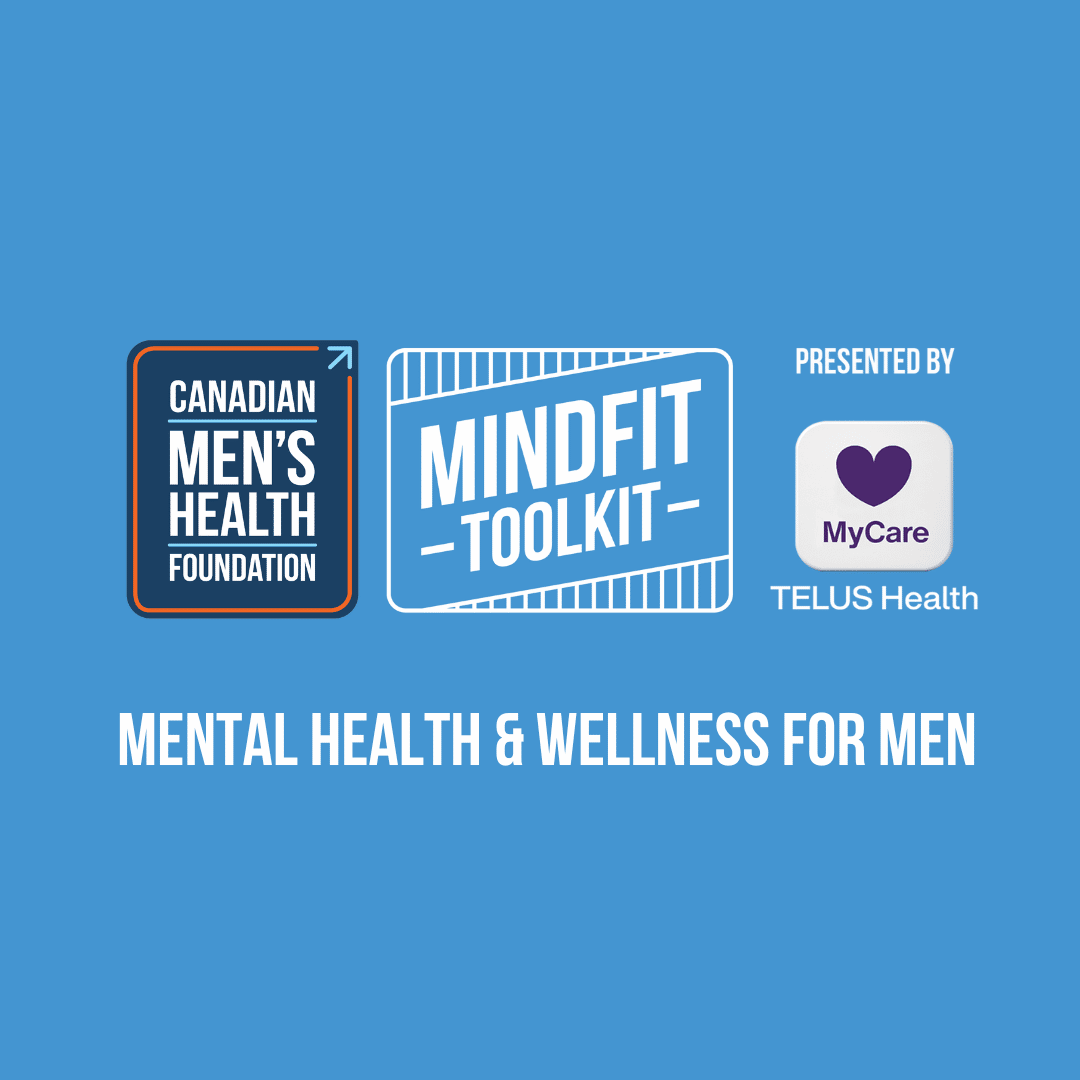It’s said that human beings are creatures of habit, and healthy habits are keys to success. If taking on a new healthy habit sounds hard or makes your eyes roll, consider this: studies show that established habits are easy to maintain. It’s getting started that’s hard, and why you should read on.
Habits are things you do regularly without much thought or effort, such as locking the door when you leave the house or turning the lights off when you exit a room. They are formed when behaviours or routines become automatic. And for every habit you have, your brain creates neural pathways which reinforce it.
Here are tips for creating healthy habits that will stick:
Start small
It’s always a good idea to aim for realistic habits that fit your life and schedule. Attempting a major overhaul makes new routines harder to keep up with. Instead, pick one thing you’d like to focus on. Here are a few examples:
- Get active: Whenever you have the choice between an elevator or using the stairs, choose the stairs. After a while, you won’t have to decide; you’ll automatically take the stairs.
- Stay hydrated: Carry a one-litre water bottle with you and drink it every hour. Set a reminder to help you establish the habit. Aim to finish around three bottles a day.
- Drink less: It can be hard to stop drinking beer or alcohol altogether, so instead of ditching the brews entirely, create a new habit where every beer you drink, you also drink a glass of water.
- Eat healthier: Make a smoothie every morning for breakfast. It’s a simple way to consume more fruits and vegetables and fuel up your body. And it will become easier to do if you make it part of your daily routine.
Reduce activation effort
Try removing barriers that prevent you from starting a new activity. Reducing the effort or time it takes to get started will help you complete the activity more frequently. The more often you complete a new routine, the sooner it becomes an established habit.
If your bike is buried in the back of the garage, and it takes 20 minutes to pull it out, the likelihood of you going for that bike ride goes down, especially when you’re trying to develop a new daily or weekly habit. Find an easily accessible spot to keep your bike and leave the helmet with it.
- Make it easier to get to the gym by packing your bag the day before and leaving it at the front door.
- Read more often by keeping books next to your favourite chair or bedside table.
- Instead of stashing weights, resistance bands or your new guitar in the back of a closet, store them in a visible spot. As well as saving time, this serves as a visual cue and reminder for you to get at it!
Try habit stacking
It’s easier to create new habits when they don’t require a lot of willpower. Habit stacking is a way to use an existing habit to your advantage by piggybacking a new one onto it.
- Want to be more active? Try doing squats while you brush your teeth or calf raises while you check your morning email.
- Want to start eating breakfast regularly or eat more fruit? Every time you make your morning coffee, grab an apple or banana and eat it while your java brews.
- Need to lower your stress levels? Once you hit the end call button or a few minutes before every video or phone call, take a moment to breathe deeply.
Get enough sleep
You’ll feel better and have more energy to build new habits after a good night’s rest. Planning to start a new morning gym routine or salad-eating habit? Go to bed a bit earlier to get the Z’s you need. (According to the National Sleep Foundation, that’s between 7 and 9 hours a night.)
For more helpful sleep tips, click here.
Try the CCRR method
James Clear wrote a book called Atomic Habits in which he broke down the process of building habits into four simple steps:
- Cue
- Craving
- Response
- Reward
Here’s how it works:
- Cues trigger your brain to start doing something that will eventually lead to a reward. Sometimes a cue happens as part of a sequence—for many guys, waking up is a cue to use the washroom—and sometimes, a certain time of day can act as a cue. Back in grade school, for example, the lunch bell may have been a cue that it was time to eat. If you work in a school, it probably still is!
- Cravings make us take action. Hearing the lunch bell made you crave PB&J (or whatever was in your lunch box), which in turn led to…
- Response. You responded to the food craving by heading to the lunch room and chowing down.
- Finally, you get your reward by satisfying your hunger.
Here’s another example of how to use CCRR to build healthy habits:
Create a new exercise habit
Cue: Make your morning coffee and put it in a to-go cup. This is the cue that you’re ready for your morning walk.
Craving: The cue of making your morning coffee and pouring it into a travel mug makes your body crave the feel-good benefits of going for a walk.
Response: Lace up your sneakers, bring your coffee and get out there!
Reward: Exercise feels good. It releases endorphins—hormones that are your body’s natural painkillers—and increases endocannabinoids, which are the body’s natural form of cannabis. Walking briskly for 30 minutes burns around 250 calories—not too shabby—with men who walk five city blocks in a day lowering their risk of heart attack by 25 percent.
Take breaks and be patient
It can take time to form new habits, so don’t beat yourself up if you need to skip a day or are simply too busy to keep the habit train rolling. If you miss a few days, shake it off and try again tomorrow. After all, building a new habit is easier when it’s manageable. At the same time, make sure to celebrate your successes and use your new awesomeness as motivation.
Is there a new habit that’s making your life better? Share your cool new addition in the comments below!
Not Feeling Like Yourself?
Tackle chronic stress, anxiety and depression with MindFit Toolkit. Access free mental health tools designed for men.



Awesome article, thanks you! I think I will do some habit stacking. Walking my kids to school might be a great way to not only connect more in the morning but give me a little walk before I work from home.